CA: If Feds Cease to Collect Vital Crash Data from Manufacturers of Autonomous & Advanced Driver Assistance Systems, State Should Step In
https://saferoads.org/wp-content/themes/osmosis/images/empty/thumbnail.jpg 150 150 Advocates for Highway and Auto Safety Advocates for Highway and Auto Safety https://saferoads.org/wp-content/themes/osmosis/images/empty/thumbnail.jpgAdvocates has sent a letter to leadership of the California Senate Judiciary Committee in support of advancing Senate Bill (SB) 572 to require manufacturers of Level 2 advanced driver assistance system (ADAS) vehicles to report collisions to the Department of…
read more
